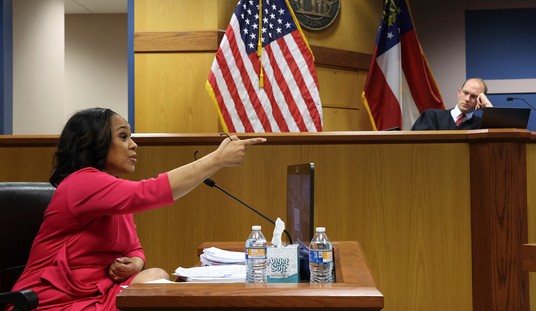One of the signature parts of the Affordable Care Act was the expansion of Medicaid to those earning up to 138% of the federal poverty level (about $32,900 for a family of 4 in 2014). Originally, all states were required to adopt this expansion. But the Supreme Court decision in June, 2012 that declared the individual mandate legal also struck down the mandatory expansion of Medicaid and made state participation in the program voluntary. Subsequently, 26 states and the District of Columbia adopted the expansion.
The federal government promised the states to pay 100% of the bill for those participating in the expanded Medicaid program through 2016. In 2017, the feds promised to pay 95% through 2019. And in 2020 and forever after, 90%.
Medicaid expansion is a success story for Obamacare — sort of. Although more than 9 million Americans took advantage of the expansion to sign up for Medicaid, an already broken program is now being threatened with collapse due to the massive increase in demand for services. The reason? There just aren’t enough doctors and hospitals out there willing to accept the far below market reimbursements for services. And now, a new report from the inspector general of the Department of Health and Human Services reveals just how bad the problem of finding a doctor is for new Medicaid patients.
Large numbers of doctors who are listed as serving Medicaid patients are not available to treat them, federal investigators said in a new report.
“Half of providers could not offer appointments to enrollees,” the investigators said in the report, which will be issued on Tuesday.
Many of the doctors were not accepting new Medicaid patients or could not be found at their last known addresses, according to the report from the inspector general of the Department of Health and Human Services. The study raises questions about access to care for people gaining Medicaid coverage under the Affordable Care Act.
The health law is fueling rapid growth in Medicaid, with enrollment up by nine million people, or 16 percent, in the last year, the department said. Most of the new beneficiaries are enrolled in private health plans that use a network of doctors to manage their care.
Patients select doctors from a list of providers affiliated with each Medicaid health plan. The investigators, led by the inspector general, Daniel R. Levinson, called doctors’ offices and found that in many cases the doctors were unavailable or unable to make appointments.
More than one-third of providers could not be found at the location listed by a Medicaid managed-care plan.
“In these cases,” Mr. Levinson said, “callers were sometimes told that the practice had never heard of the provider, or that the provider had practiced at the location in the past but had retired or left the practice. Some providers had left months or even years before the time of the call.”
About 8 percent of providers were at the locations listed, but said they did not participate in the Medicaid health plan with which they were supposedly affiliated. Another 8 percent participated in Medicaid, but were not accepting new patients.
“When providers listed as participating in a plan cannot offer appointments, it may create a significant obstacle for an enrollee seeking care,” Mr. Levinson said. “Moreover, it raises questions about the adequacy of provider networks. It suggests that the actual size of provider networks may be considerably smaller than what is presented by Medicaid managed-care plans.”
Investigators called 1,800 providers listed by more than 200 health plans under contract with Medicaid in 32 states. In all cases, insurers confirmed that the doctors were supposed to be taking Medicaid patients.
You might ask why states aren’t jumping to take the deal offered by Washington. Usually, a state splits the cost of Medicaid 50-50 with the federal government. So when the feds offer to reimburse states for 90-100% of Medicaid costs, you’d think it was an offer they couldn’t refuse.
Some GOP governors couldn’t refuse. But those governors that declined to receive the Medicaid expansion cash did so for good reason; Washington “guarantees” on funding are not set in stone. Congress could cut the reimbursement amount and leave states holding the bag. States would then be forced to either cut physician reimbursement rates further or trim the Medicaid rolls. Neither option is palatable, but is the probable future of those states that accepted the expansion.
So, a program already teetering because physicians were opting out of Medicaid networks or refusing to take new patients at all, finds itself becoming even more dysfunctional as millions of new enrollees enter the system and are having a difficult time finding a doctor to treat them.
One option being proposed — whispered by Obamacare proponents — is to force doctors to take Medicaid patients. If you can mandate that individuals buy insurance, why not mandate that doctors take Medicaid patients? It’s this sort of illogic that got Obamacare passed in the first place and will ultimately lead to a complete takeover by government of the health care system.










Join the conversation as a VIP Member